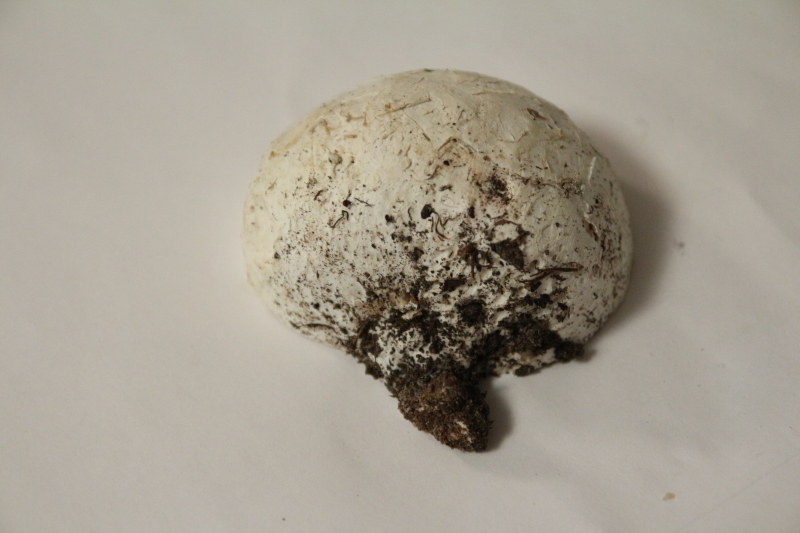People are just too impatient. Don't they know Trump promised to bring down the prices on his first day back in office? /s
Shdwdrgn
You didn't see the quote in the above comment that specifically states Teslas don't have lidar but other brands using it weren't fooled?
Trump Derangement Syndrome -- When you are so infatuated with Dear Leader that you will do anything for him, say anything to defend him, and try your best to be just like him.
Give it a year, Trump will nuke it to melt the ice, build resorts there, and then sue the families of those who die from the fallout for slander.
Seriously though, it's pretty cool how they're able to collect so much data on things like this.
And to absolutely nobody's surprise, Twitter was NOT asked to testify about their long and proven censorship of content when Trump or Musk are called out for direct lies in favor of the Trump campaign, and hiding content in favor of Biden/Harris. But noooo, this administration would never use the justice department for retribution. /s
Even the older versions work pretty well, depending on the features you need. I use it for all my 3D modeling, I could never get the hang of other CAD software but this one just "makes sense" to me. I even used it last year to create a model of a trailer I wanted to build, worked out the finer details of how everything would fit together and some options like adding ramps, and once we got to the point of building the trailer it was just a matter of copying the dimensions and cutting out all the steel.
I see they've deleted old user accounts. Oh well, I was briefly curious but that's gone now.
Yeah? OK well it's certainly worth taking a closer look at, and I was also doing some reading on Yacy. I've run one in the past called mnogosearch, with a lot of customization, but it would be nice to get into a community project like this.
But is it decentralized? Do the results from multiple spiders get added to give everyone the same quality searches or do I need to scan the whole internet myself?
[edit] I was looking at this earlier and couldn't find the info. Started searching again just now and found it immediately... of course... (The answer is YES)
Yep, that's exactly what I was looking at (https://github.com/searx/searx). As I said, it was a QUICK dive but the wording was enough to make me shy away from it. For all the years I've been running servers, I won't put up anything that requires the latest/greatest of any code because that's where about 90% of the zero-days seem to come from. Almost all the big ones I've seen in the last few years where things that made me panic until I realized that oh, if your updates are more than a year old then none of this affects you. And the one that DID affect me had already been updated through a security release.
Right? I mean I'm still lamenting the loss of slider keyboards, typing on a screen is so damn unreliable that I was forced to turn on the auto-correction, which itself is highly unreliable and constantly changing real words while failing to fix the words where I hit a number instead of a letter (the word "9f" gets typed a LOT!). I use my phone for phone calls and sending texts, with a secondary usage as a GPS in my truck. If it can't perform one of three basic tasks then what good is it?


If your card has an x4 pinout, then it probably needs the additional bandwidth. Plugging it into an x1 slot (if it was possible) would slow down the network traffic. Get a better motherboard with an x4 slot on it so you can use the hardware you want. or find something else that will fit your computer.
Honestly even the 1Gb quad port card I have requires an x4 slot, although I saw some dual-port 2.5Gb x1 cards on ebay. Maybe you could just use two of those?